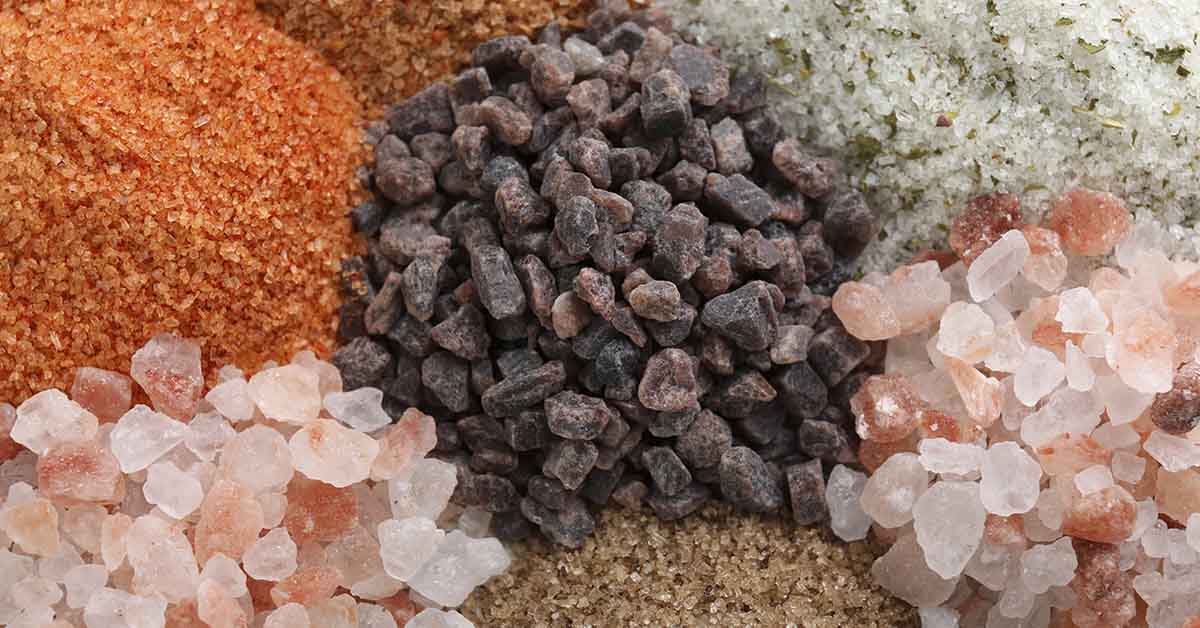Salt is a staple ingredient used in almost every cuisine around the world. However, not all salts are created equal. In recent years, various types of salt, such as pink Himalayan, sea, and Celtic sea salt, have gained popularity for their perceived health benefits and unique characteristics. The question is, are different salts actually better for you than others? Or at the end of the day, is salt just salt? Let’s have a look at the facts.
Understanding Different Salt Varieties: Exploring Their Differences and Debunking Health Claims

In the culinary sense, what we traditionally call salt is composed of mostly sodium chloride (NaCl). It is naturally found in seawater and rock deposits, but most salt is produced through the evaporation of seawater or brine from underground salt mines. The salt industry has a long history and is one of the oldest industries in the world. Salt’s primary function has been to preserve food, but it can also be used as a seasoning or preservative for other substances. Sodium and chloride are also essential minerals we must get from our diets.
Salt generally gets a bad rap, primarily because the amount we now consume in the average American diet is far greater than what we need. In recent years, however, different types of salt have been touted as “healthy” salt versus standard table salt. Is that actually true, though? Can one salt be healthier than another? More importantly, does this mean that a “healthy” salt can be consumed as much as one wants? Let’s look at the different types of salt, their pros and cons, and find out.
1. Pink Himalayan Salt
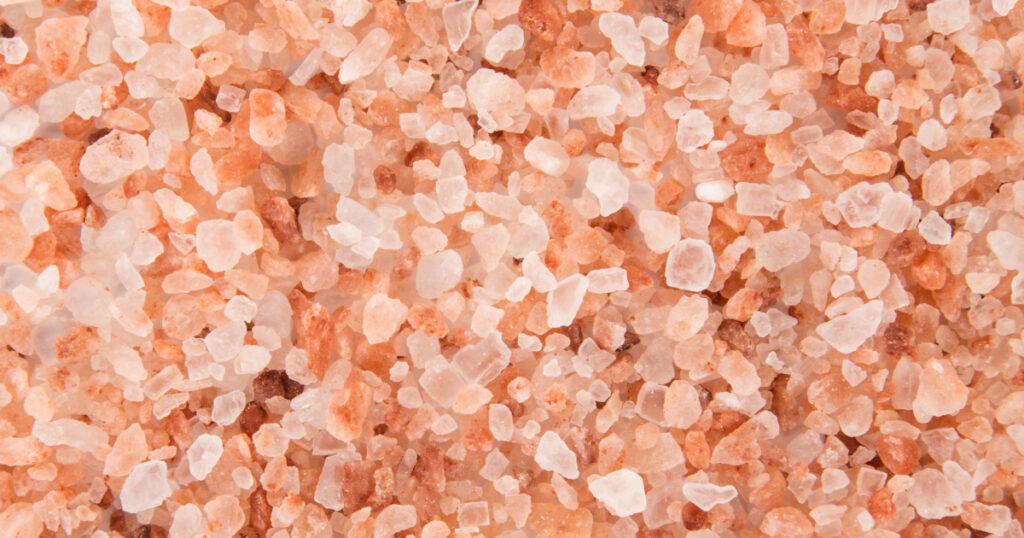
Pink Himalayan salt is a rather expensive salt. In recent years, it has gained a lot of popularity for its supposed health benefits. This salt is mined from the ancient salt deposits within the Himalayan mountains. With its distinctive pink hue, this salt variety is often lauded for its mineral-rich composition, including iron, magnesium, and potassium. It is also often seen in the form of crystals or bricks and is used in spas and saunas for the supposed benefits of salt therapy. Pink Himalayan salt is said to be good for the skin, hair, and eyes. It can also help prevent muscle cramps and relieve joint pain. However, there is no scientific evidence showing that this type of salt has any health benefits. (1)
On top of this, it’s important to note that the presence of the aforementioned minerals are in trace amounts. This means that consuming this salt does not provide significant health benefits. Pink Himalayan salt is primarily a high source of sodium, which should be consumed in moderation to maintain a healthy diet.
2. Sea Salt
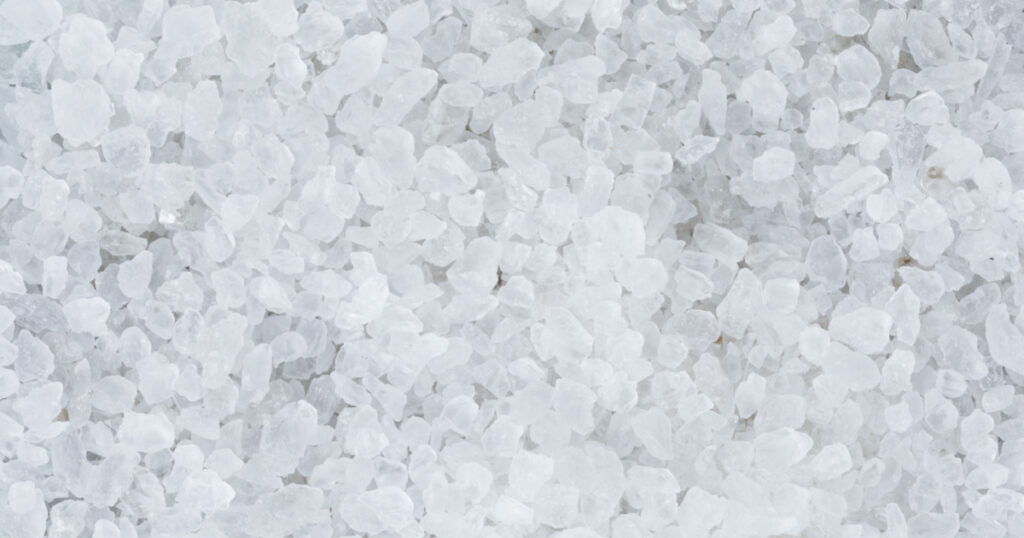
Sea salt is produced through the evaporation of seawater, typically using natural or man-made salt pans. It is available in various textures, such as fine, coarse, or flaky. Sea salt’s flavor is influenced by the minerals in the seawater, resulting in a slightly different taste compared to table salt. While it may contain traces of minerals like iodine, magnesium, and potassium, the differences in nutritional content between sea salt and table salt are insignificant. (2)
Sea salt gained popularity as a “healthier salt” because some people believed it was a better option than table salt due to its lack of additives. However, there is no evidence showing that sea salt is healthier than table salt.
Read: 8 Signs of Potassium Deficiency
3. Celtic Salt
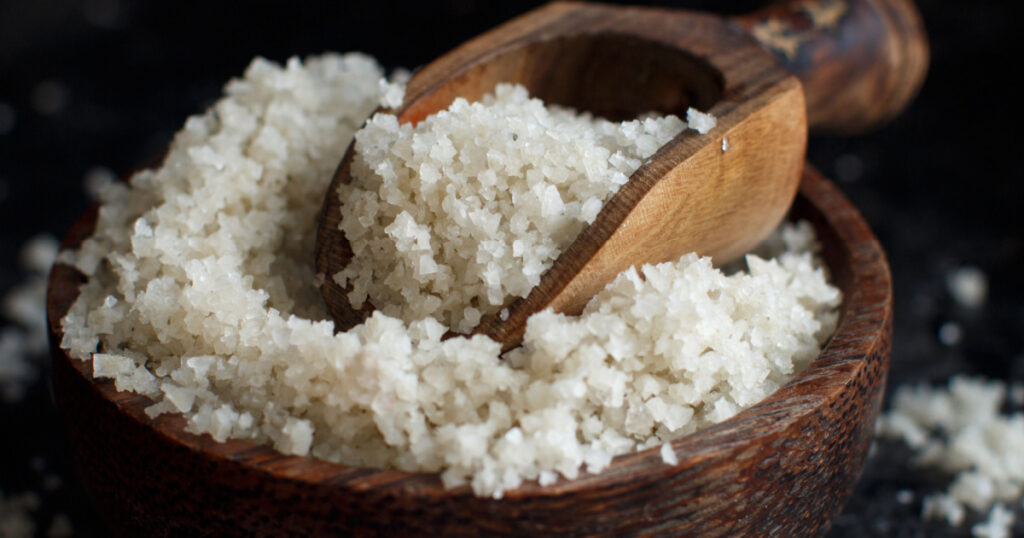
Celtic salt, also known as Sel Gris or gray salt, is harvested from the coastal regions of France. This unrefined salt variety undergoes minimal processing, allowing it to retain moisture and a rich mineral profile. Celtic salt is slightly gray in color due to the clay and mineral content. It has a distinctive flavor and is preferred by some chefs for its subtle briny taste. However, nutritionally speaking, it is quite similar to other types of sea salt and should still be consumed in moderation. (3)
4. Table Salt
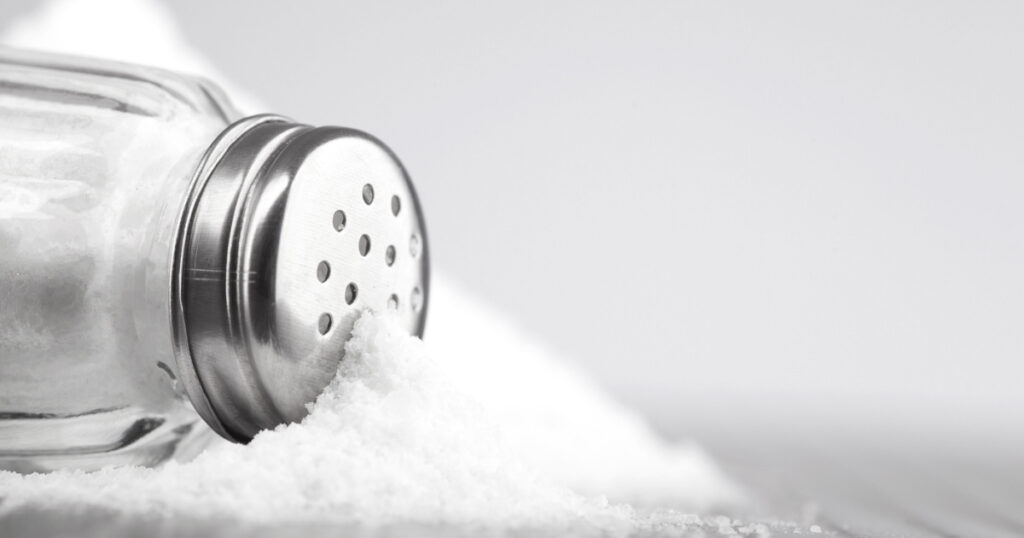
Table salt is the most commonly used salt type in households. It undergoes refining, which removes impurities and often adds iodine to prevent iodine deficiency. The fine texture of table salt allows it to dissolve quickly, making it convenient for cooking and baking. While it may lack certain minerals present in other salt varieties, table salt remains a crucial source of sodium in our diet. It is also a crucial source of iodine in our diet (if fortified), as this mineral is important for many functions in our bodies. Table salt has come under fire in recent years for occasionally containing additives to prevent the salt from “caking” or clumping together.
Debunking Health Claims

Despite the increasing popularity of specialty salts, it is important to recognize that no salt should be seen as a health potion. The trace amounts of minerals found in these salts are inadequate to provide any substantial health benefits. Additionally, consuming excessive amounts of any salt, including specialty salts, can be detrimental to one’s health, especially for individuals who need to limit their sodium intake due to high blood pressure or other medical conditions.
The Bottom Line

While Pink Himalayan, Sea, Celtic, Table Salt, and other salt varieties possess subtle differences in flavor and texture, their nutritional content and health benefits remain largely similar. It is crucial to understand that no salt is a magic solution for health. Instead, a balanced and varied diet that includes a moderate amount of well-sourced salt is key to maintaining overall well-being. Always remember to consult with a medical professional or registered dietitian for personalized dietary advice.
Keep Reading: Why A Nutritionist Doesn’t Recommend Pink Himalayan Salt
Sources
- “Himalayan Salt: Is It Good for You?” WebMD. WebMD Editorial Contributors
- “Nutrition and healthy eating.” Mayo Clinic. Katherine Zeratsky, R.D., L.D.
- “Does Celtic Sea salt have health benefits?” Mayo Clinic Press. October 5, 2023
